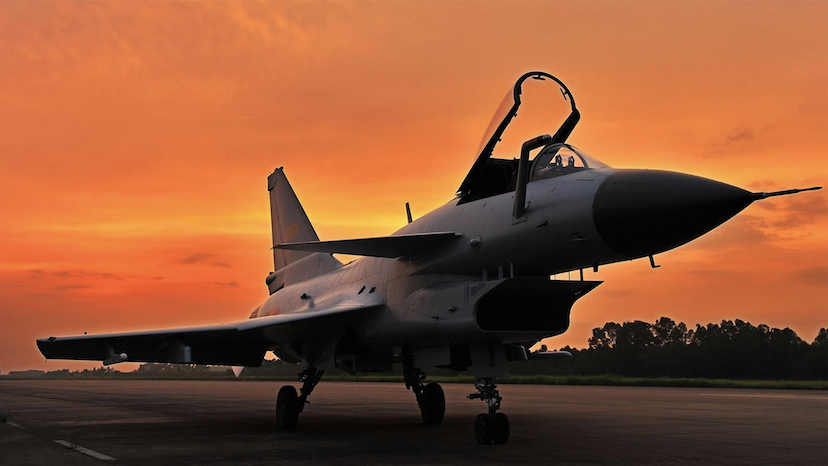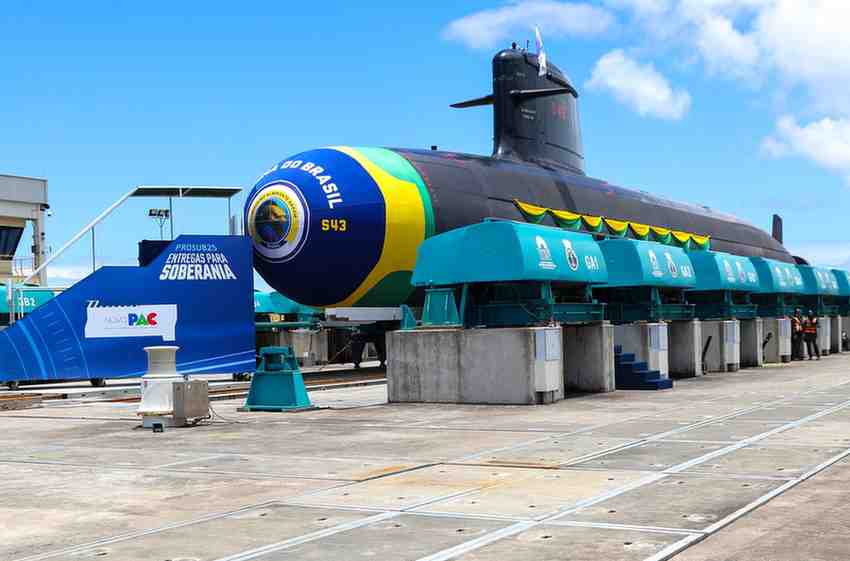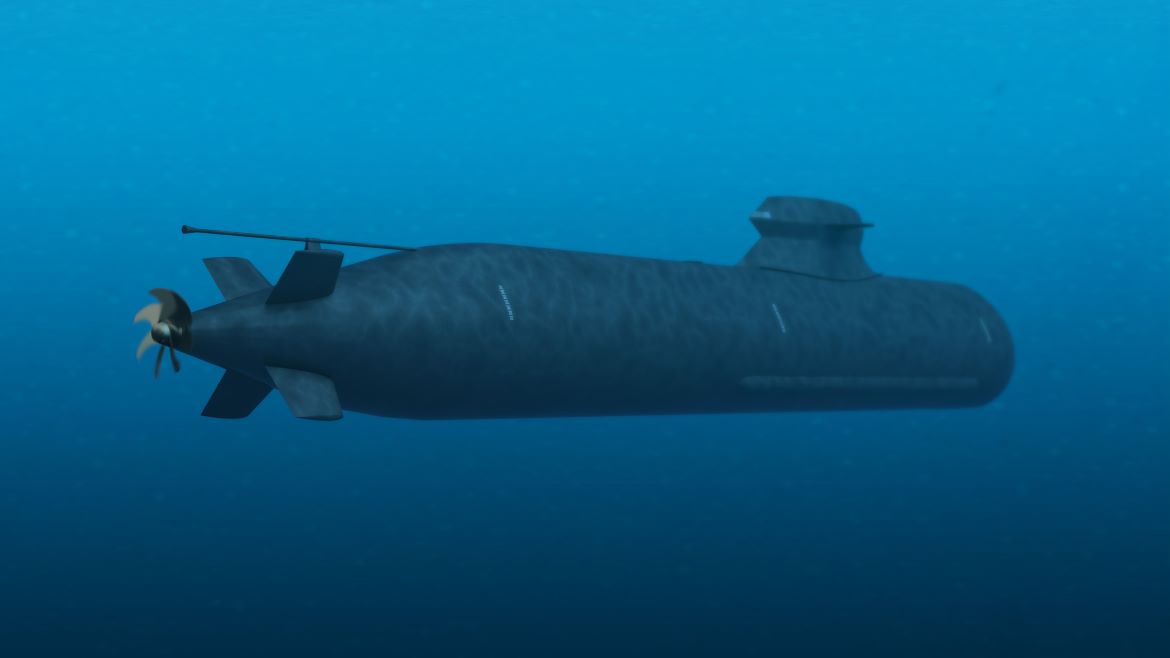The Chengdu J-10 Vigorous Dragon: A Closer Look at China’s Modern Fighter Jet
The Chengdu J-10, also known as the Vigorous Dragon, represents a significant step forward in China’s military aviation. As a single-engine, medium-weight fighter designed for all-weather operations, the J-10 is an evidence of the advancements in Chinese aerospace technology. Its delta wing and canard configuration, coupled with fly-by-wire flight controls, make it a formidable aircraft in modern combat scenarios.
Origins and Development
The journey of the J-10 began in 1981 when PLAAF Commander Zhang Tingfa proposed the development of a third-generation fighter jet to then-Chinese leader Deng Xiaoping. With a budget of 500 million yuan, the project was quickly approved by the Central Military Commission (CMC), marking the start of China’s first aircraft program that utilized contemporary development and procurement methods. By 1986, the state council and the CMC had officially sanctioned the program, giving it the code name “Project 10.”
Design and Aerodynamics
The J-10’s airframe is a sophisticated blend of metal alloys and composite materials, designed for optimal strength and low weight. Its tailless canard delta wing configuration is a standout feature, providing exceptional maneuverability, particularly at lower speeds. This design also minimizes stall speed, which is crucial for safer, slower instrument approaches. The aircraft’s massive delta wing is strategically placed in the middle of the fuselage, behind and below the cockpit, while the canards are positioned higher and closer to the front, enhancing its aerodynamic performance.
A large vertical tail atop the fuselage and small ventral fins beneath it contribute to the aircraft’s stability. The engine is fed air through a splitter plate and air intake ramp located beneath the fuselage. Newer variants, such as the J-10C, have replaced this setup with a diverter-less intake, reducing the radar cross-section and potentially enhancing stealth capabilities.
Armament and Capabilities
The J-10 is equipped with 11 hardpoints beneath the fuselage and wings, allowing it to carry a diverse range of armaments and drop tanks for extended range. The latest iteration, the J-10C, has seen significant upgrades, including an Active Electronically Scanned Array (AESA) radar, which represents a leap from the mechanically scanned radars of previous models.
China’s development of the AESA radar for the J-10C, completed in 2008 after eight years of work, marked a significant technological advancement. Initially mistaken for a Passive Electronically Scanned Array (PESA) radar during its early public appearances, the AESA radar has since been confirmed by Chinese state sources, highlighting China’s rapid progress in radar technology.
The J-10C is designed for beyond-visual-range (BVR) engagements, precision air-to-ground strikes, and electronic warfare. Its digital glass cockpit, in-flight refueling capability, and advanced avionics make it comparable to modernized versions of the American F-16 Fighting Falcon.
International Interest
Pakistan has become the first international customer of the J-10C, ordering 36 units in response to India’s acquisition of Rafale fighter jets. This purchase reflects Pakistan’s growing reliance on Chinese military technology, driven in part by economic constraints. In addition to the J-10C, Pakistan has also inducted other advanced Chinese military hardware, including the Type-054 frigate, HQ-9 missile defense system, and Z-9 helicopters, with a submarine order currently underway.
The J-10C’s arsenal includes long-range PL-15 radar-guided air-to-air missiles, which have due superior range compared to the AIM-120D and French Meteor BVR missiles. The J-10C can also be equipped with long-range anti-radiation missiles designed to target land and sea-based air defense radars.
With a service ceiling of 18,000 meters and a top speed of 2,327 kilometers per hour at high altitudes, the J-10C is a highly capable aircraft. It has a range of 1,850 kilometers and a combat radius of 550 kilometers, making it a versatile tool in both defensive and offensive roles.
The J-10C’s introduction into Pakistan’s air force is a strategic move, reflecting the shifting dynamics in South Asia. While some Western experts argue over-reliance on Chinese technology, however, China’s rapid advancements in military technology offer a valuable opportunity for countries like Pakistan to enhance their defense capabilities within a limited budget.
Syed Ali Abbas is Research Officer & Comm Officer at the Center for International Strategic Studies (CISS) Islamabad.
- Syed Ali Abbashttps://defensetalks.com/author/syed-ali-abbas/
- Syed Ali Abbashttps://defensetalks.com/author/syed-ali-abbas/
- Syed Ali Abbashttps://defensetalks.com/author/syed-ali-abbas/
- Syed Ali Abbashttps://defensetalks.com/author/syed-ali-abbas/














